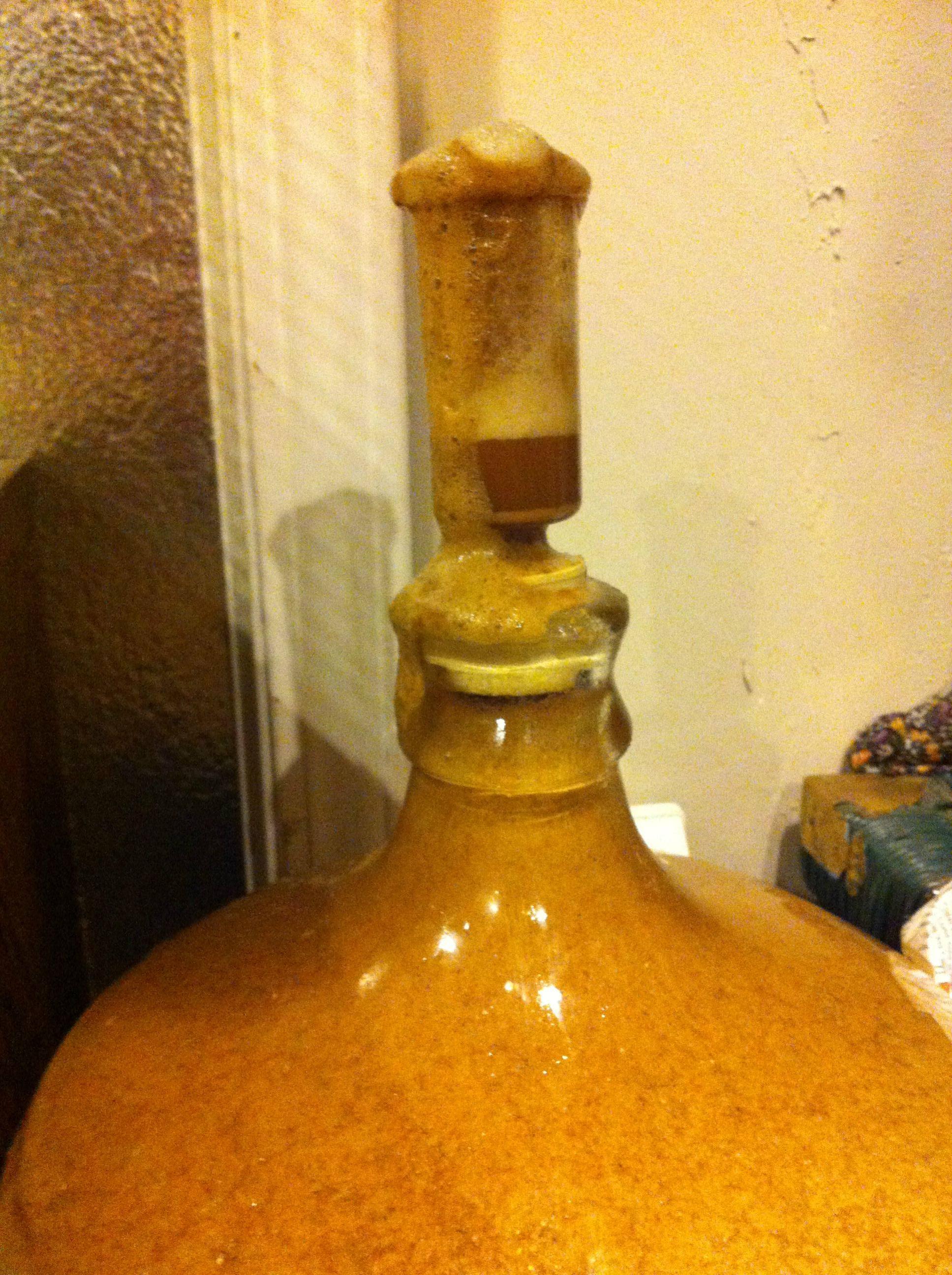First of all, sorry for making my first post an emergency help post....and maybe it really isn't, but I'm new to extract brewing and I'm in a jam.
I started in early September and I've made 5 batches as of yesterday. The first 4 have all been Brewers Best kits. I haven't had any problems and the one brew I've tasted (Irish Stout) was great.
Yesterday I made the 5th batch and a couple things were different. One, I ordered a kit from Jaspers (Fireside Warmer) and two, I made a double batch (doubled two kits and split equally into two bucket fermenters).
Everything seemed to go fine with the brew. I noticed that the brew started to ferment very quickly...like inside of 2 hours. I checked earlier today and the airlocks were going good. Tonight, a couple hours ago, I looked in there and there is a mess. The airlocks are still bubbling, but the bucket is over pressurized, there is beer coming from the lid seal and there is beer in the airlock. I've been busy with some family stuff tonight so I haven't checked it since. ..not sure what it looks like right now.
Just so you'll know....I split the batches equally, pitched the yeast separately for each bucket, and both buckets are having the problem.
What is happening, what can I do, and is my brew ruined?
Thank you, hopefully this can be salvaged.
I started in early September and I've made 5 batches as of yesterday. The first 4 have all been Brewers Best kits. I haven't had any problems and the one brew I've tasted (Irish Stout) was great.
Yesterday I made the 5th batch and a couple things were different. One, I ordered a kit from Jaspers (Fireside Warmer) and two, I made a double batch (doubled two kits and split equally into two bucket fermenters).
Everything seemed to go fine with the brew. I noticed that the brew started to ferment very quickly...like inside of 2 hours. I checked earlier today and the airlocks were going good. Tonight, a couple hours ago, I looked in there and there is a mess. The airlocks are still bubbling, but the bucket is over pressurized, there is beer coming from the lid seal and there is beer in the airlock. I've been busy with some family stuff tonight so I haven't checked it since. ..not sure what it looks like right now.
Just so you'll know....I split the batches equally, pitched the yeast separately for each bucket, and both buckets are having the problem.
What is happening, what can I do, and is my brew ruined?
Thank you, hopefully this can be salvaged.



 Doubling up batches already?? Go for it!!!
Doubling up batches already?? Go for it!!! 